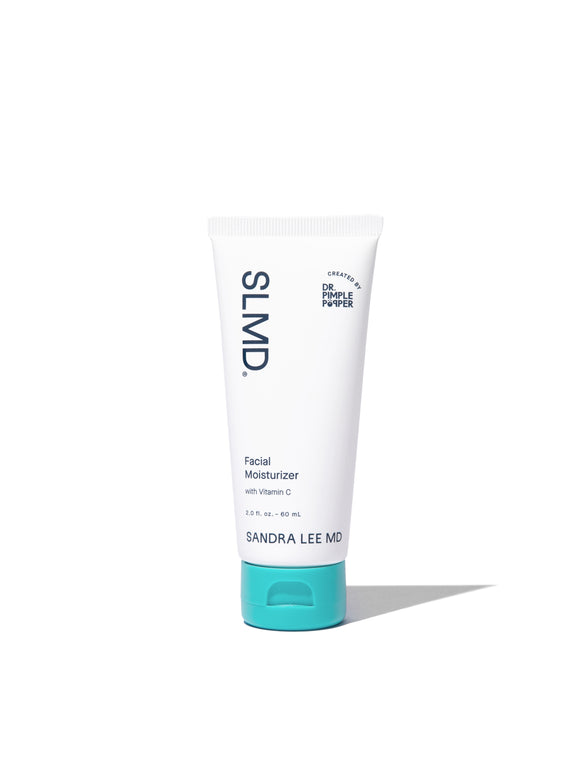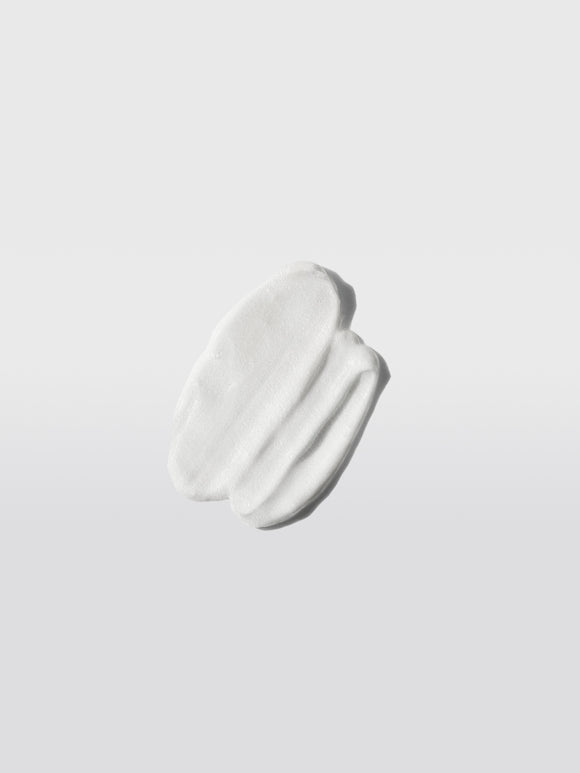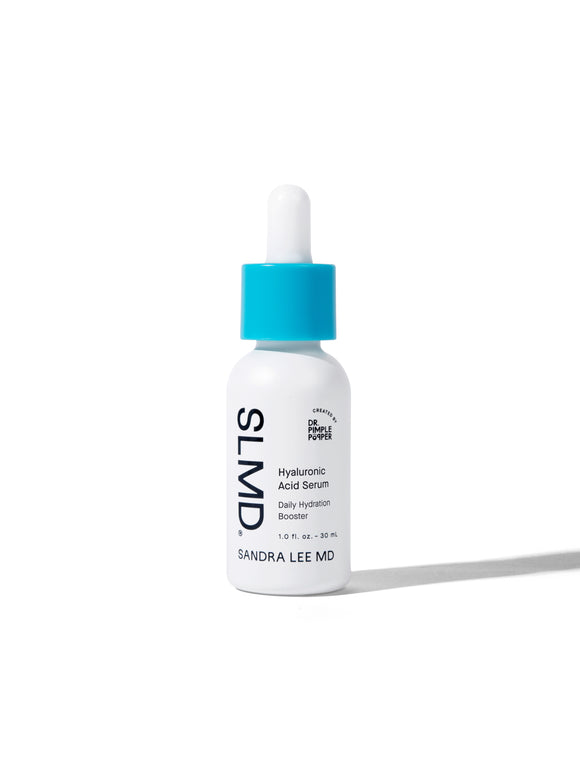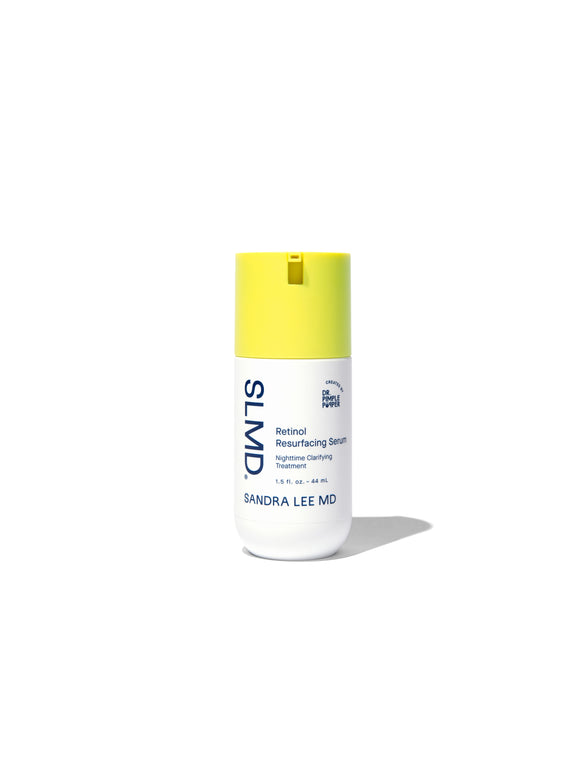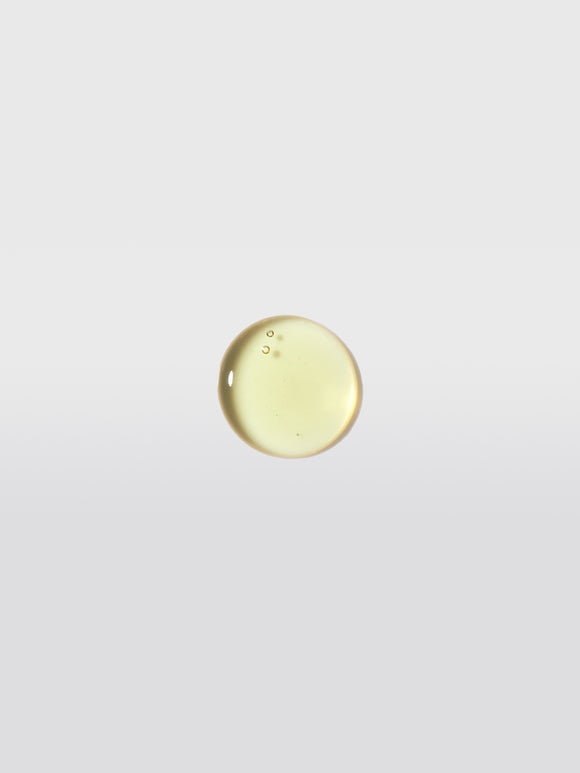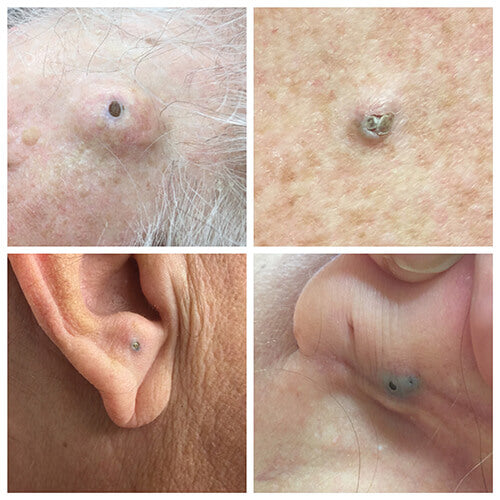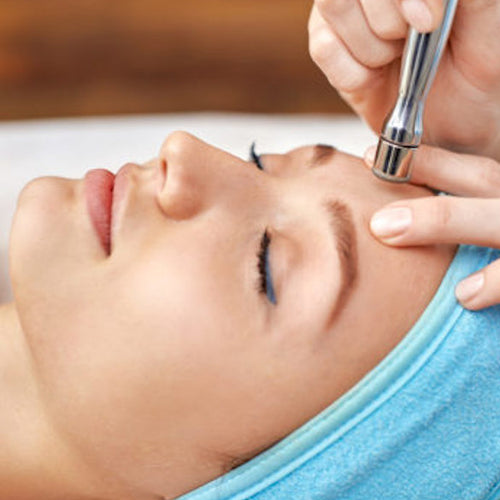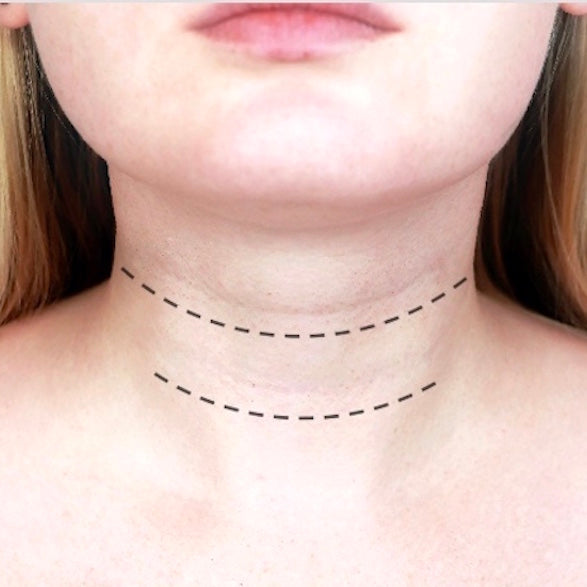
What is Tech Neck — And How Can I Treat it?
Besides being a real pain in the — well, neck— hunching over your device also causes wrinkles. Here's what to do.Published:
5 minute read
In an increasingly digital world, spending hours on screens seems unavoidable. By now most of us have heard about some of the possible consequences — including blue light radiation and sleep disruption. But there’s another culprit that can potentially affect your skin health: it’s called tech neck.
Here’s the good news: the wrinkling and sagging that’s characteristic of tech neck is preventable — and there are measures you can take to minimize the symptoms. Read on to hear advice on how to treat and prevent tech neck, from dermatologist and SLMD founder Sandra Lee, MD (aka Dr. Pimple Popper).
Article Quick Links
What is tech neck?
If you’ve ever spent a prolonged period of time hunched over your handheld device only to notice some temporary stiffness or discomfort in your neck, you’ve already experienced this phenomenon firsthand. When you spend excessive time with your head tilted down toward your screen, several things happen to your body:
- Strain on the neck and upper back muscles
- Poor posture leading to imbalances and pain
- Compression of structures in your neck
- Wrinkling and sagging of the neck skin
How can you tell if you have tech neck?
Although wrinkles and sagging in your neck can be caused by a multitude of factors — including natural aging, genetics, sun exposure and lifestyle choices — there are clues you can look out for. These signs can help you determine if hunching over your electronic device is causing skin damage:
- Location. Lines caused by poor posture while using digital devices tend to appear horizontally on the neck. Look out for lines in the lower portion of the neck, parallel to the collarbone.
- Pattern. Typically with tech neck you’ll see distinct horizontal creases rather than fine lines or vertical wrinkles commonly seen with natural aging. These creases tend to be more pronounced when you look way up or down toward your chest.
- Age. Although everyone’s rate of skin aging is different, it’s not typical to experience wrinkles in the neck while you’re still relatively young.
- Frequency. If you’ve been using digital devices extensively for an extended period, the likelihood of developing tech neck-related wrinkles increases.
- Symptoms. Experiencing neck and shoulder discomfort, muscle tightness, or stiffness is a clue that tech neck may be contributing to your neck creasing.
How does tech neck cause wrinkles?
We’ve talked about the different types of wrinkles before — and according to Dr. Lee, creasing from tech neck falls mainly into the category of dynamic wrinkles. Essentially, these are creases caused by motion over time.
Tech neck wrinkles happen as a result of repetitive movements and prolonged poor posture associated with tilting the head downward and hunching over digital devices. The constant bending of the neck and chin places strain on the underlying muscles and tissues, leading to the development of fine lines and wrinkles.
Turns out, the skin on our neck is particularly vulnerable to aging: Dr. Lee says that it’s one of the thinnest types of skin on the body. This means that there are fewer safeguards — like lubricating sebaceous glands and cushioning fat cells — to protect the skin from both intrinsic (natural) and extrinsic (environmental) aging.
It's worth noting that tech neck can also contribute to other types of wrinkles, such as static wrinkles and gravitational wrinkles, over time. This is because prolonged poor posture and strain on the neck can lead to loss of skin elasticity, collagen breakdown, and sagging skin — all of which contribute to fine lines and wrinkles.
Dr. Pimple Popper’s tips to treat and prevent tech neck
According to Dr. Lee, most people neglect their neck. Getting in the habit of including this vulnerable body part in your everyday skincare routine will go a long way toward keeping your neck skin healthy. Making some small changes to the way you interact with your phone can also have a big impact, she says.
Apply active ingredients
There are several skincare heroes that can help out with managing fine lines and wrinkles on your neck:
- Chemical exfoliants: alpha and beta hydroxy acids can help slough off dull, dead cells and reveal younger-looking skin beneath. Glycolic and lactic acids in particular have been shown to stimulate the skin’s natural hydration process, too.
- Retinol: this well-aging wonder ingredient supports cell turnover and minimizes the appearance of fine lines and wrinkles. Use it at night to work with your skin’s circadian rhythm.
- Hyaluronic acid: naturally produced by your body, this humectant draws in and holds onto water, which boosts skin’s hydration. It has a plumping effect that can reduce the signs of premature aging.
Try: SLMD Salicylic Acid Cleanser, AHA/BHA Swipes, Retinol Resurfacing Serum, Glycolic Acid Body Lotion
Double down on moisturizing
Because the skin on your neck is unique, it might need more intense hydration and moisture than your face. Look for formulas that contain both humectants to attract water and emollients to lock in moisture. Ingredients like hyaluronic acid, vitamin E, and squalane are good options.
Try: SLMD Hyaluronic Acid Moisturizer, Facial Moisturizer, Hyaluronic Acid Serum
Don’t forget the sunscreen
If you’re already in the habit of wearing SPF every day, kudos to you — but make sure you’re applying it to your neck, too. Since UV exposure over time contributes to DNA damage and the breakdown of collagen and elastin, it’s vital to protect your delicate neck skin.
Try: SLMD Dual Defender, a moisturizer and sunscreen in one lightweight, oil-free formula
Change your screen habits
When you’re deep in an Instagram scrolling session, try to hold your phone at eye level rather than looking down at your phone. This will take some pressure off your neck and avoid your neck skin from creasing. Limiting your screen time (gasp!) and taking frequent breaks will not only help ease your physical strain, but can do wonders for your mental health, too.
Exercise and stretch
Regular exercise can help improve your posture and strengthen the muscles that support your neck and upper back. Throughout the day, gently stretch your neck and upper back muscles to relieve tension and improve flexibility. Simple exercises like chin tucks, neck rotations, and shoulder shrugs can help alleviate discomfort and increase mobility.

Dr. Lee's Last Word
Tech neck is one of those consequences of modern life — but simple strategies can help a lot. My best advice is to take care of the delicate skin on your neck, show it some love with gentle exfoliating, moisturizing and sunscreen. And you can avoid developing tech neck lines in the first place if you make a conscious effort to not hunch over your device.





